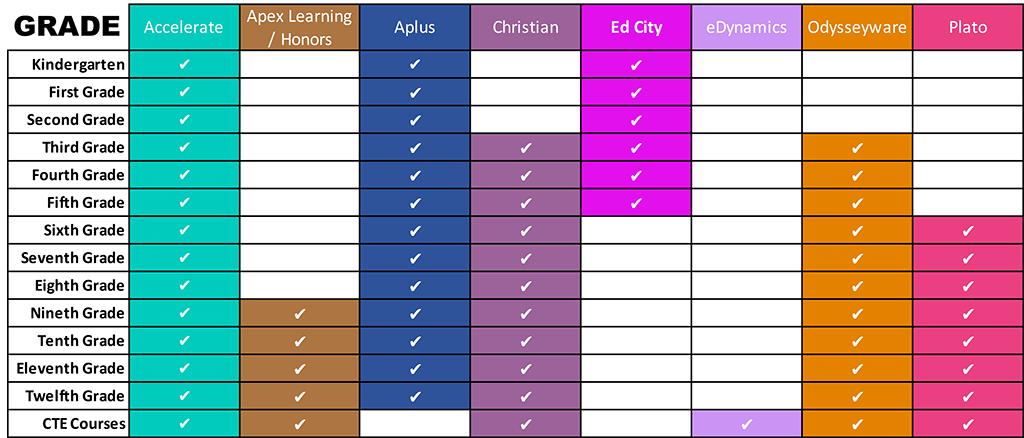From the tender years of elementary school through the rigorous demands of high school, the academic landscape for boys and girls presents a fascinating tapestry of similarities and differences. Let’s delve into a comprehensive exploration of how boys and girls compare in their academic achievements throughout the K-12 educational journey.

Image: www.globalstudentnetwork.com
In the realm of early childhood education, boys and girls generally exhibit comparable levels of achievement. However, subtle variations emerge as they progress through the grades.
Elementary School: A Mixed Picture
During the elementary years, boys typically excel in subjects requiring spatial reasoning and motor skills, such as math, science, and physical education. Their physical prowess grants them an advantage in activities involving gross motor skills like running and jumping.
In contrast, girls show a predisposition towards language arts and reading. Their advanced fine motor skills manifest in superior handwriting and artistic abilities. Moreover, girls tend to possess greater social skills, which facilitate their active participation in class discussions and group projects.
Middle School: Widening Gender Gaps
As students enter middle school, the gender divide becomes more apparent. Boys continue to dominate in math, science, and technology. They display a greater interest in problem-solving and analytical thinking, which align with the curriculum of these STEM subjects.
Conversely, girls maintain their advantage in language arts, reading, and social studies. Their proficiency in verbal expression, critical thinking, and empathy allows them to excel in subjects that emphasize communication and interpersonal skills.
High School: Nurturing Diversity
In high school, the gender gaps seen in middle school persist to varying degrees. Boys typically select courses in math, science, and engineering. STEM careers and occupations traditionally associated with masculinity continue to hold their allure.
Girls, on the other hand, opt for subjects in language arts, social studies, and the arts. Their interests lie in careers involving communication, education, and social work. However, it’s important to note that these generalizations do not apply to all students. Many girls excel in STEM fields, while some boys pursue careers in the arts and humanities.

Image: mrssimonwt.blogspot.com
Factors Influencing Gender Differences
Multiple factors contribute to the observed gender differences in academic achievement. One factor is the influence of cultural stereotypes. Society often associates science and mathematics with masculinity and language arts with femininity, subtly conditioning students’ interests and self-perceptions.
Another factor is differential socialization. Boys and girls are socialized from an early age to conform to certain gender roles. Boys are encouraged to be active, competitive, and independent, while girls are expected to be more passive, cooperative, and empathetic. These socialization patterns may unconsciously shape their educational choices.
Embracing Diversity and Equitable Education
Acknowledging gender differences is not about reinforcing stereotypes but rather recognizing the diverse ways that boys and girls learn and succeed. The educational system must strive to create equitable and inclusive environments that cater to the unique strengths of all students.
This entails offering a range of courses and curricula that appeal to both genders. Educators should be mindful of the unconscious biases that may influence their interactions with students and provide support and encouragement to all students, regardless of their gender.
Tips for Parents and Educators
- Encourage exploration: Expose children of all genders to a variety of activities, subjects, and careers throughout their educational journey.
- Foster self-esteem: Praise students for their efforts and accomplishments, regardless of their gender. Help them build positive self-perceptions as learners.
- Address stereotypes: Challenge gender stereotypes by providing examples of successful women in STEM fields and men in the humanities.
- Collaborate with schools: Work with educators to create an inclusive and equitable learning environment that supports all students.
FAQs on Gender Differences in Education
Q: Are gender differences in academic achievement due solely to biological factors?
A: No, gender differences are influenced by a complex interplay of biological, cultural, and social factors.
Q: Should we expect all boys and girls to fit neatly into traditional gender stereotypes?
A: No, not all boys and girls conform to gender norms. Some boys are highly proficient in language arts, while some girls excel in STEM subjects.
Q: How can we create more equitable educational opportunities for all students?
A: By offering a diverse curriculum, challenging stereotypes, and providing support to all students, regardless of their gender.
How To Boys And Girls Compare On Grades Through K-12
Conclusion
The academic journeys of boys and girls are shaped by a unique tapestry of similarities and differences. By understanding these differences, we can better support and encourage all students to reach their full potential. Let us continue to nurture an inclusive educational system that celebrates diversity and fosters a lifelong love of learning for all.
Are you interested in learning more about gender differences in education? Share your thoughts and experiences in the comments section below.